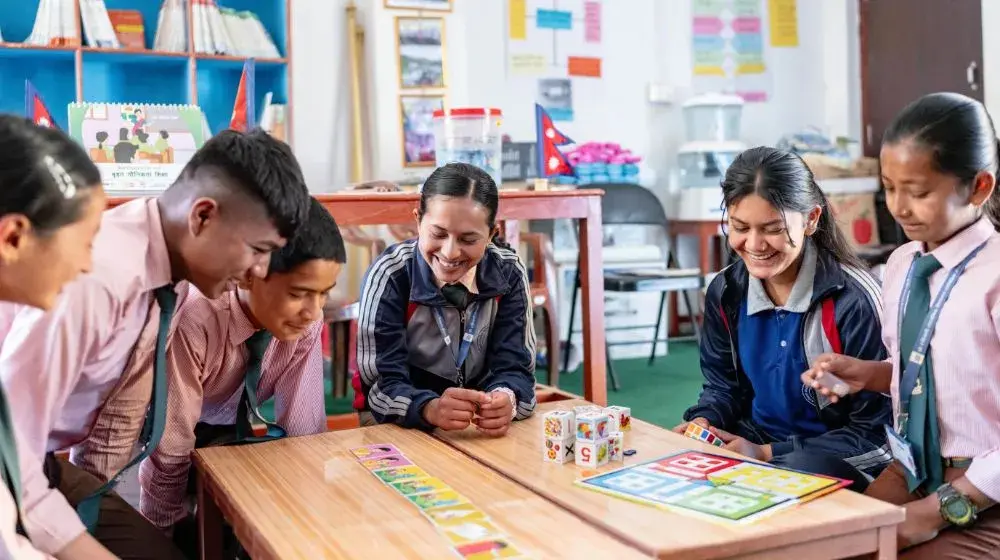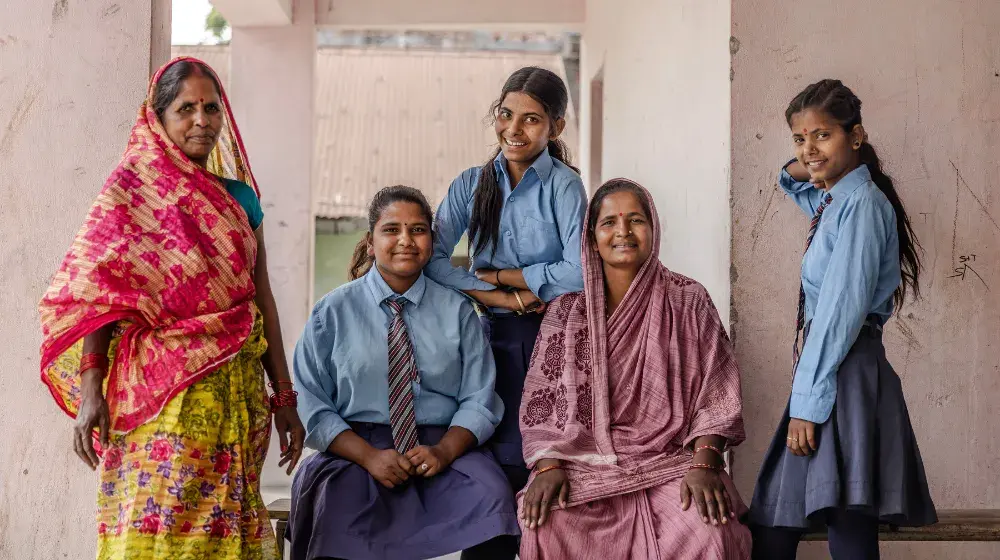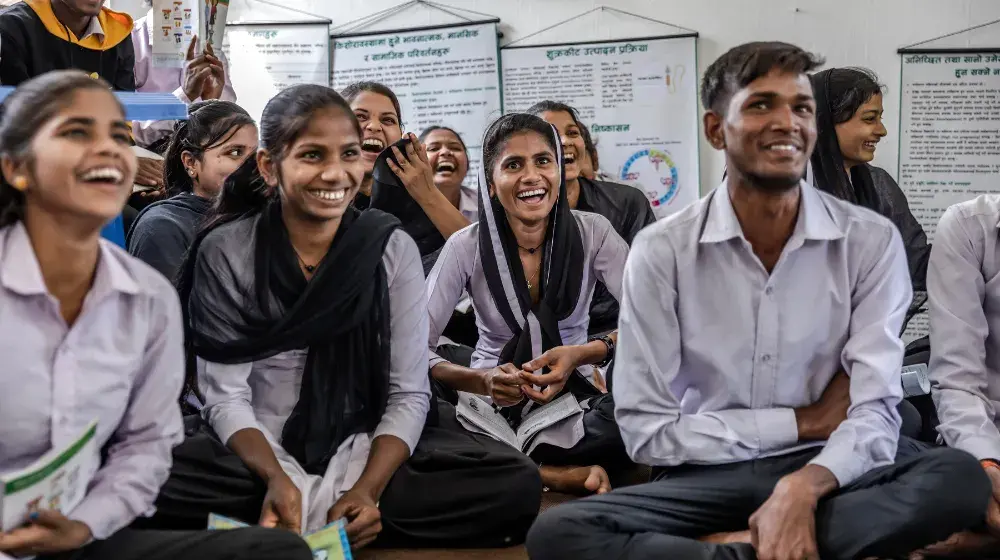UNFPA Nepal Country Office awarded the winner of 2012 Good Practice Competition on Adolescents and Youth in the Asia and the Pacific Region.
NEPAL - REGIONAL WINNER
Youth Responsive Budgeting System (YRBS)
OBJECTIVE:
To ensure appropriate investment to address young people's issues in all national sectoral plans and policies.
STRATEGY, KEY CHALLENGES, AND IMPLEMENTATION:
This effort to establish a Youth Responsive Budgeting System (YRBS) is both an advantage and a challenge. It is an advantage because, once established, Nepal will be the first country to have youth specific data in terms of budget allocation and programmatic response, which can be audited to ensure commitments are being met. But this is also a challenge as this is the first structure of its kind in the world. Without an example to follow or replicate, the Ministry of Youth and Sports (MoYS) has adopted a "learning by doing" strategy.
The fact that the current National Youth Policy has defined people ages 16-40 as youth, this policy definition might pose a problem for MoYS to track investments by sectoral ministries on the most vulnerable adolescent/youth (ages 15-24) once the YRBS is operational. Furthermore, the Government's own procurement process has been an obstacle in the timeline for setting up the YRBS. There have been instances in which it has taken them up to nearly 10 months to hire national consultants. Due to the constant turnover of employees there is also a lack of institutional memory at the ministry so we have not been able to move forward as smoothly as planned.
- The MoYS had been following aGender Responsive Budgeting System,which had been institutionalized after its introduction 7 years ago, as athematic model.
- Youth-led advocacy, supported byUNFPA, since late 2009 led the MoYSto consider the establishment of theYRBS. UNFPA was the first nongovernmental agency to partner withthe MoYS in 2010. UNFPA providedfinancial and technical support to helpMoYS sensitize the Ministry of Finance(MoF) and other line ministries on theneed; conceptualize the framework ofthe YRBS; review and test the narrativeand software packages created;, andto encourage partnership with variousstakeholders.
PROGRESS AND RESULTS:
- So far, they have been able to create aframework, programme software, and atraining manual that has yet to be peerreviewed and piloted.
- Once the packages have been pilotedand finalized, the MoYS plans tointegrate it into the national budgetingsystem and institutionalize it from thenational level downwards.
- Although MoF remains the keyministry for the overall budget, theMoYS will undertake the responsibilityof ensuring the use of the YRBS andcoordinating regular monitoring andevaluation with followups.
LESSONS LEARNED:
- UNFPA can play a key role in bridgingthe gap between civil society-ledadvocacy and policy influence in thegovernmental structure.
- Ministry of Federal Affairs and LocalDevelopment (MoFALD) sends hugeamounts of money as block grantsto its decentralized local bodies in75 districts for local governance andsocial development programmes.
Local youth can use the YRBS tool to advocate for and monitor increased resource allocation from the local grants to youth programmes. UNFPA has operational presence in 18 districts across the country. UNFPA can work with district youth networks and local bodies to roll out the YRBS in its programme districts and provide feedback on good practices to the MoF and MoYS.
PARTNERS:
- Ministry of Youth and Sports atnational level
- Ministry of Federal Affairs and LocalDevelopment at decentralizedlevel, and
- Association of Youth Organizations of Nepal




